The use case for our little demo app was inspired by a friendly coffee truck called A Lot Of Mies that is right outside our office every now and then. Wondering where to get coffee on other days, we thought of how great it would be to have an app that could locate food trucks and other traveling cuisine and where we could immediately order our coffee or food for pick-up. Hence, the idea for fdtrck was born.
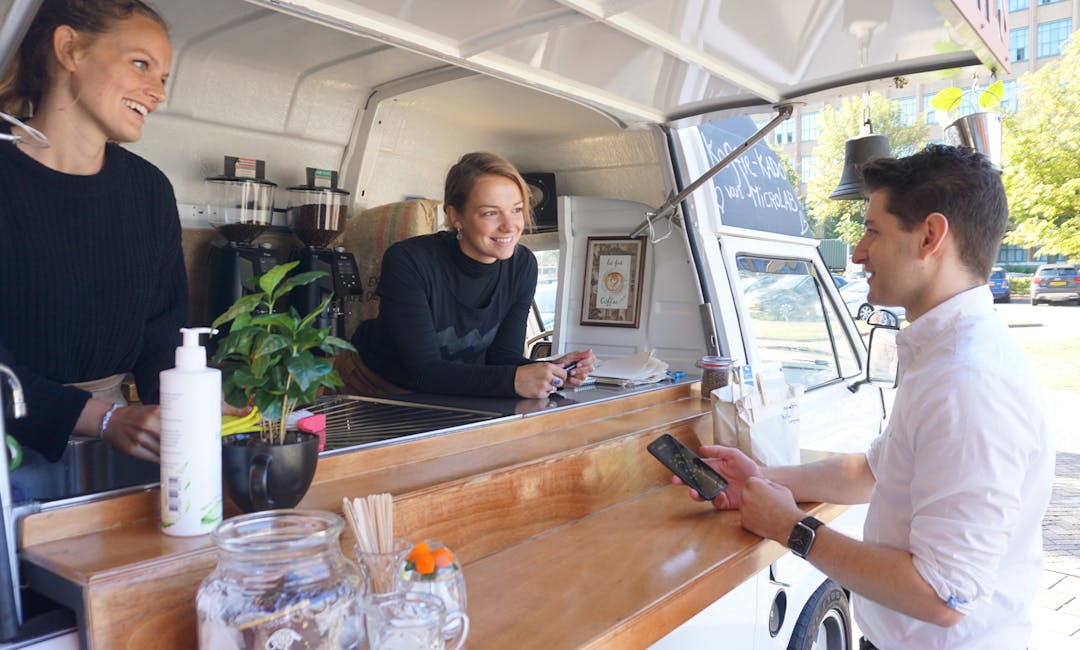
Phase 1: Brainstorm & Strategy
The most critical success factor of any digital product is the willingness of end-users to use the product. Even though it is impossible to guarantee user adoption before building, there are ways to increase the odds significantly. The key to a first-time-right lies in the interaction and tests with potential users before building anything: by making user input part of the design and development processes, you prevent building something that users are not willing to use.
Of course, fdtrck is a special case in the sense that it won’t actually be filled with real data. The main reason for that is however the fact that it’s not in our business model to start a food truck platform. However, we did go through the trouble of validating the idea before building anything.
As a first step, we did user research. The main focus of these early user interviews is to get some broad input and insights into the target audience. It doesn’t necessarily validate an idea, but it often gives valuable input for further brainstorming.
As part of the user research, we organized a thinking aloud focus group to gather early input on the idea for the platform. We pitched the idea to a few people and asked for their brutally honest opinion and ideas (not for the faint-hearted). Whereas we initially focussed on only finding food trucks in the vicinity, this input gave us the idea to add the food truck’s menu to the platform, so that users could see the options or order for pick-up right from the app.
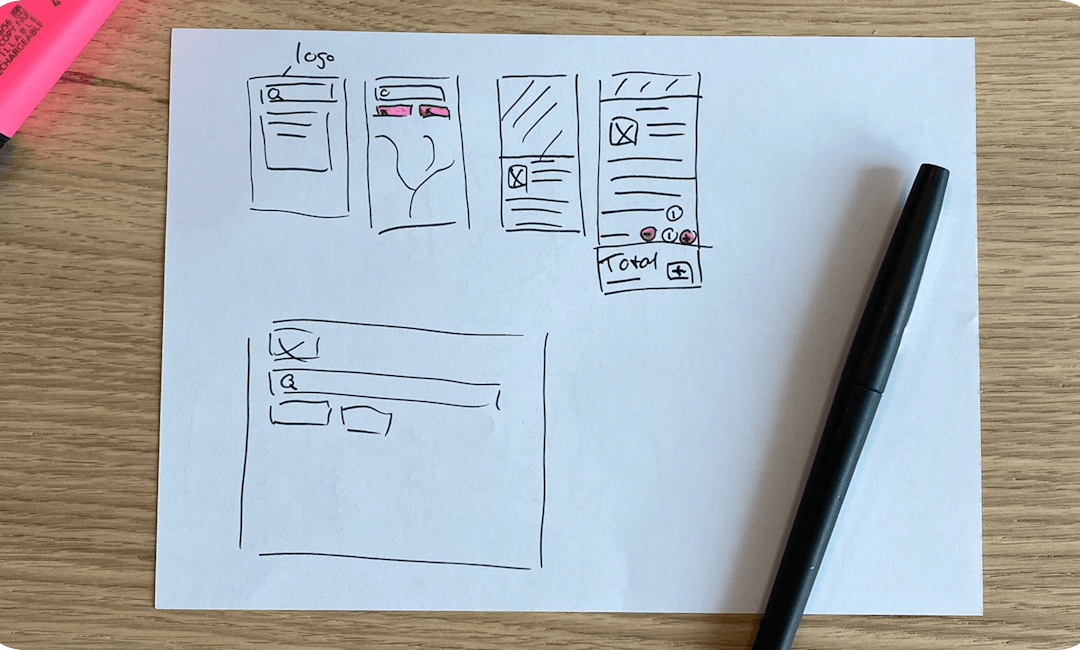
After we got the brainstorming juices flowing, we had to make sure our digital product actually served a need. For this, we used a value proposition analysis. We defined our target group to be mostly professionals that sometimes work late or want to hang with colleagues after work, and thus are looking for food (in other words, ourselves). Using various tools, we analyzed the market on macro and meso levels. On a meso level, for example, we saw that food trucks are under-represented on existing alternatives such as Thuisbezorgd and Deliveroo.
Using the value proposition canvas, we analyzed the pains and gains of our prospective users. One of the pains we found was that users didn’t know when a certain food truck was at their location (or more specifically, when the coffee truck is outside our office). As a gain we noted that users could now discover a greater variety of food trucks in the area and the possibility to order food for taking away from the comfort of their desk chair.
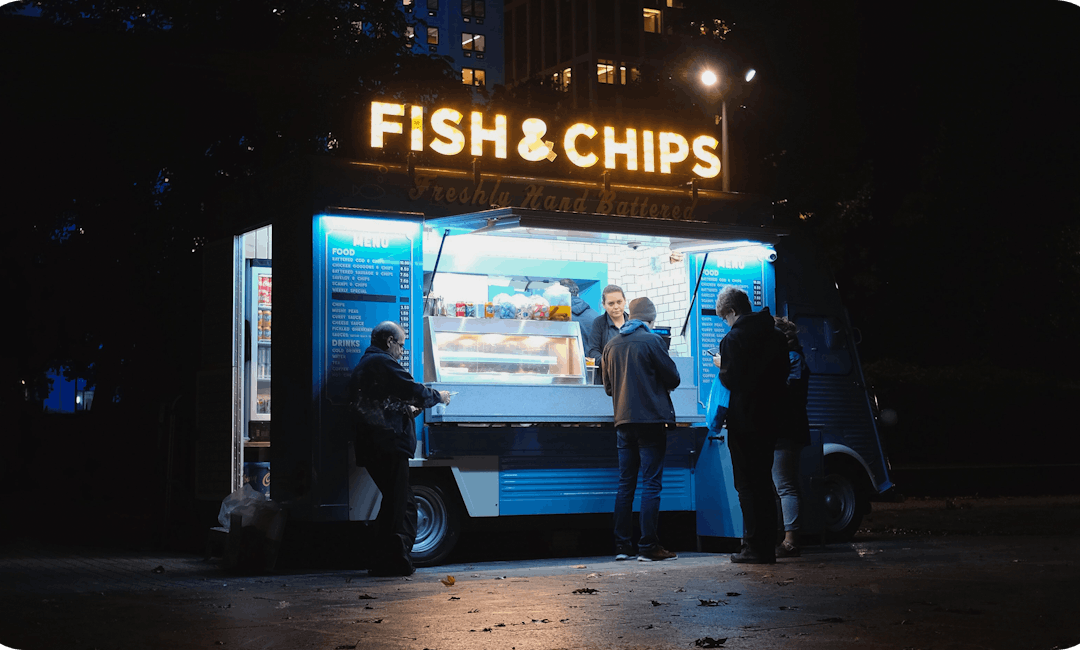
In conclusion
Of course, the findings are exactly what we imagined for our demo app project. For real-world applications, however, these models can be more insightful. Simple user research is often done by pitching your idea to a multitude of people, but analyzing the value proposition takes more diligence. Performing a full, well-executed value proposition analysis takes as little as two days, but the findings can be both eye-openers as well as proof to potential investors. For the small effort, you could potentially prevent major rework later in the project.

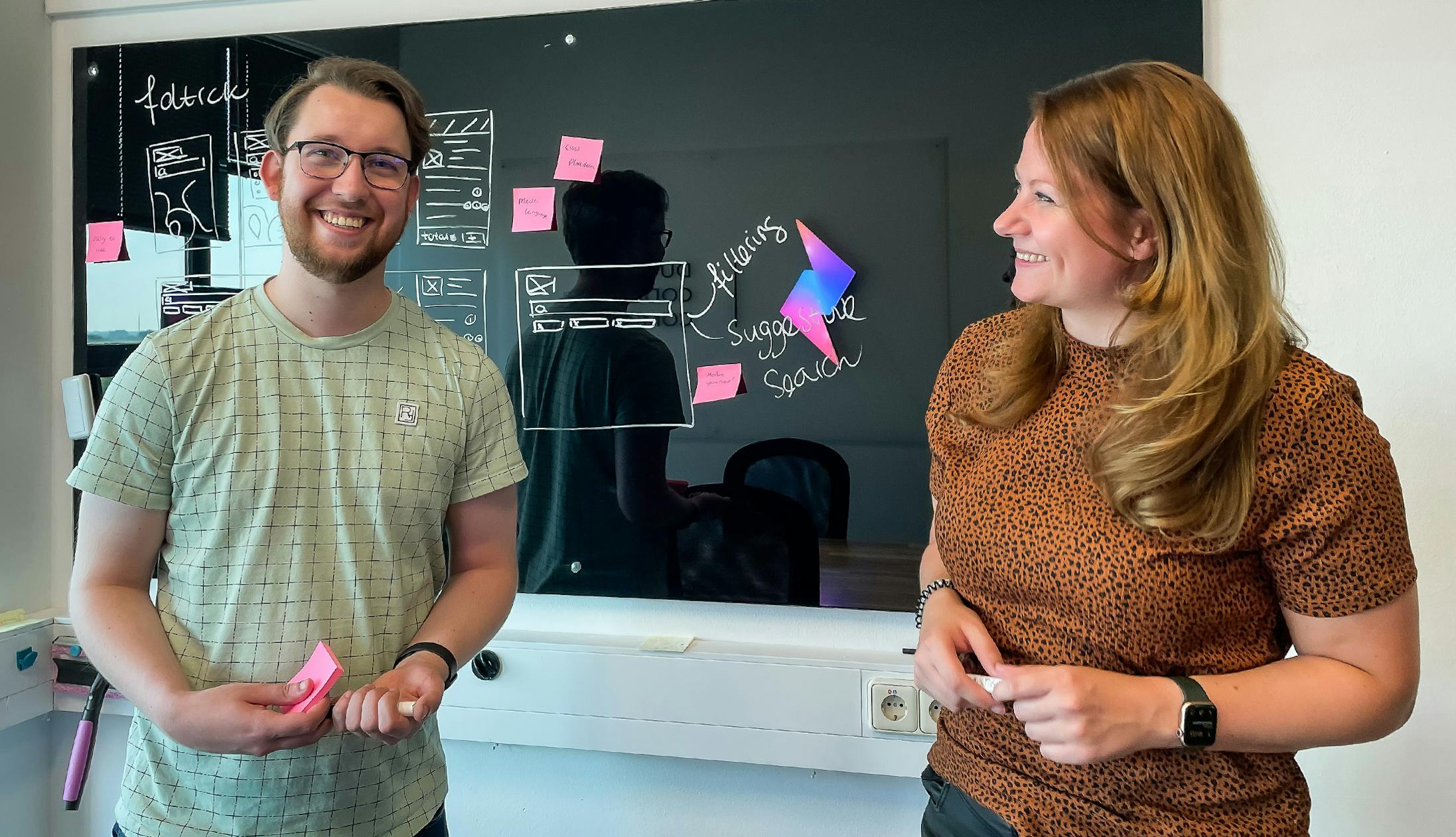
 Glenn Bergmans
Glenn Bergmans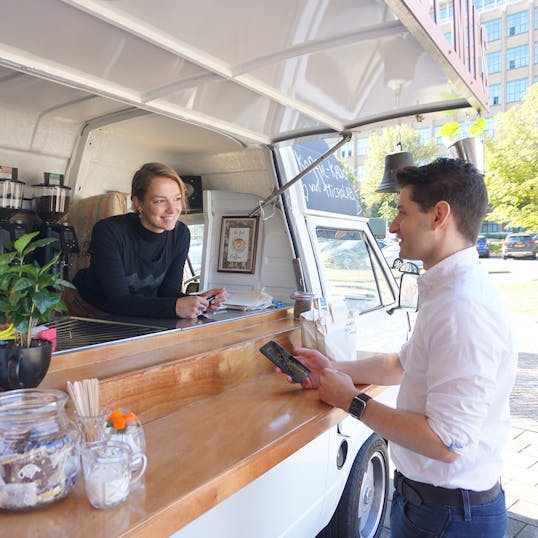
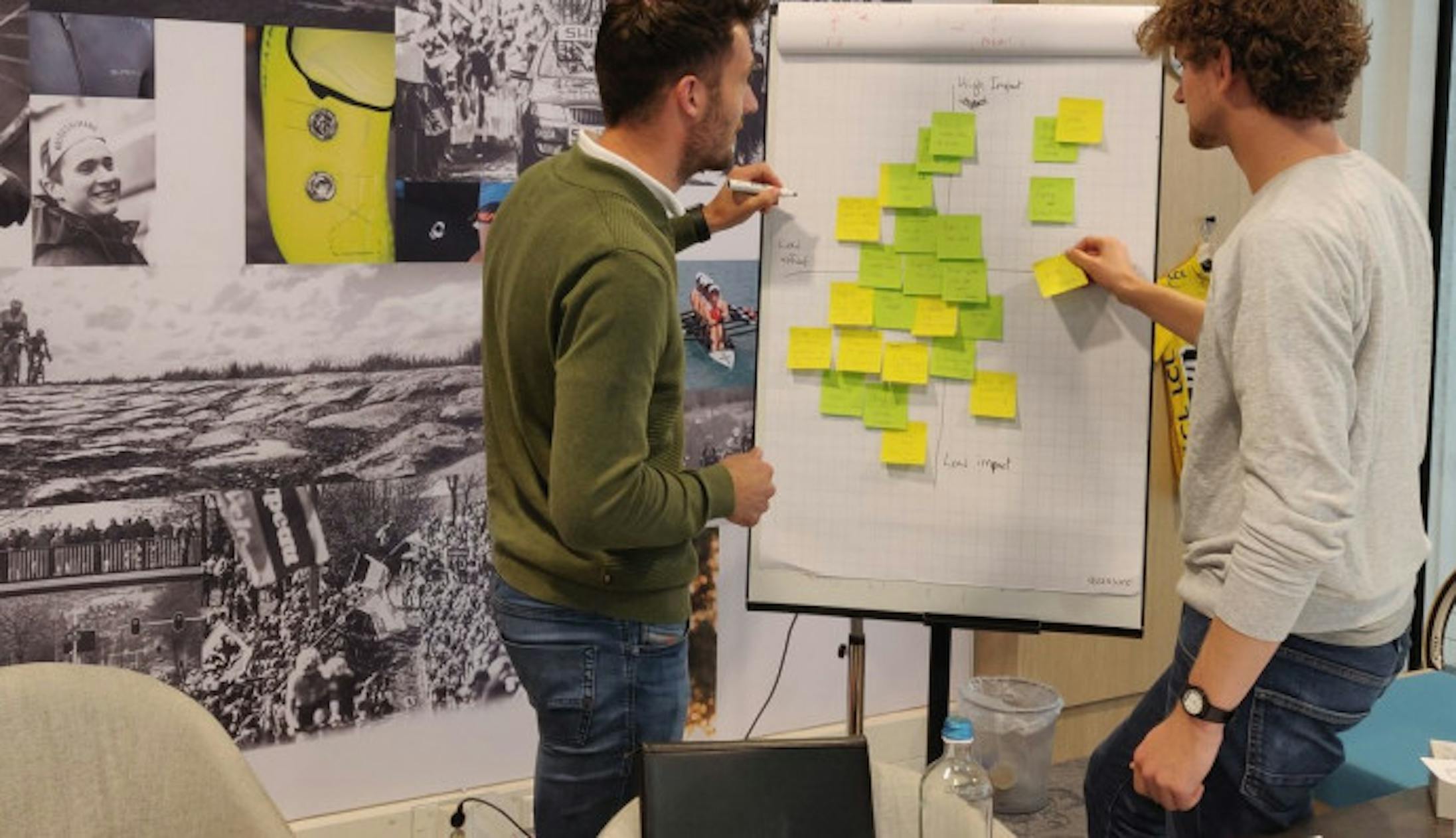
 Martijn Imhoff
Martijn Imhoff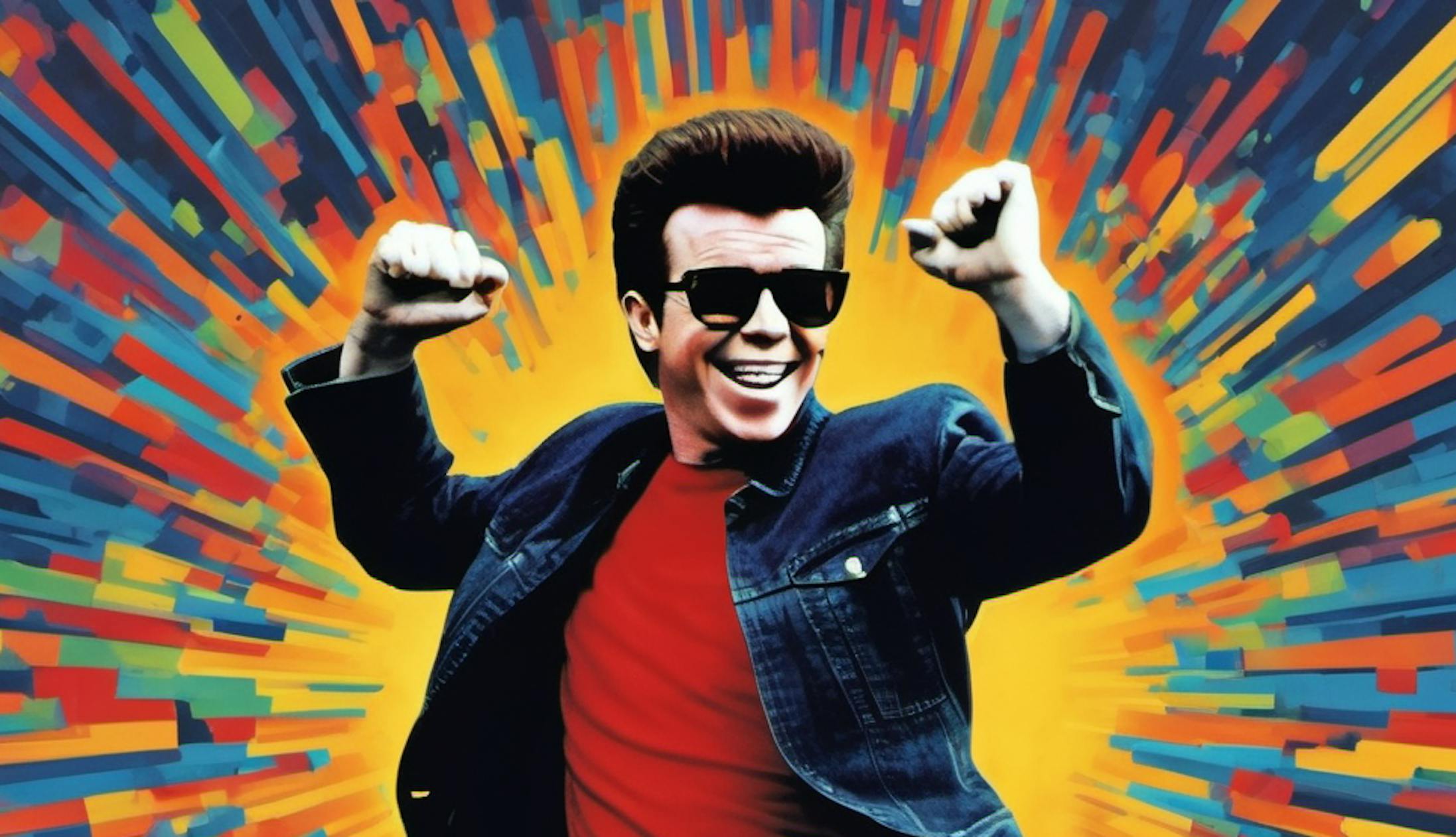
 Bas de Vaan
Bas de Vaan
 Katja van Weert
Katja van Weert


